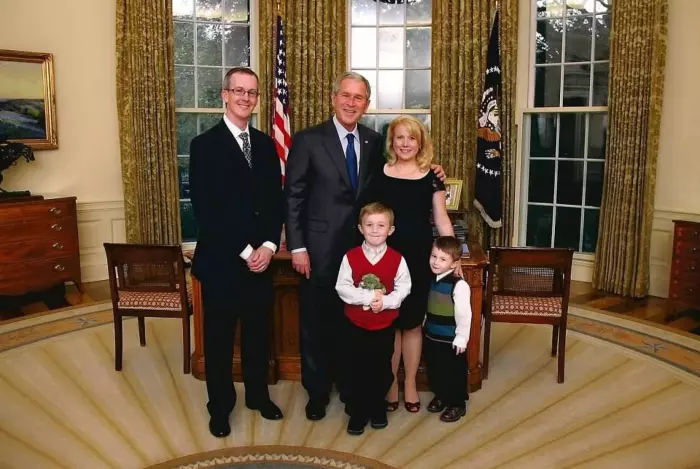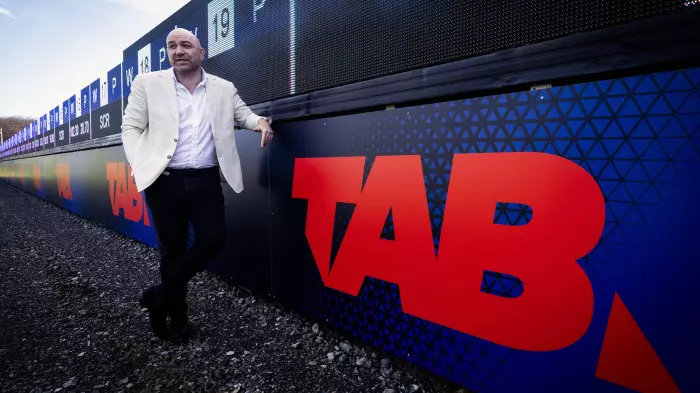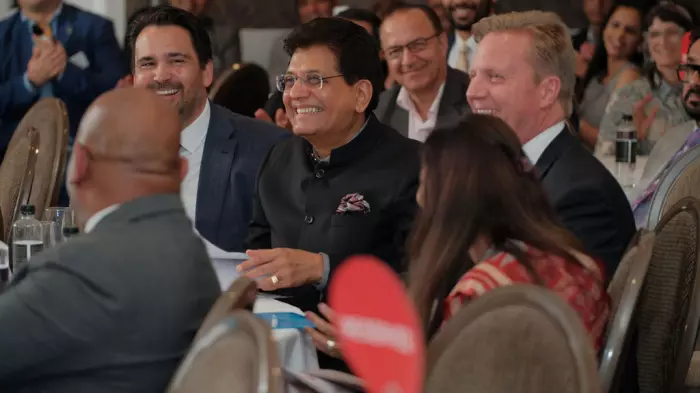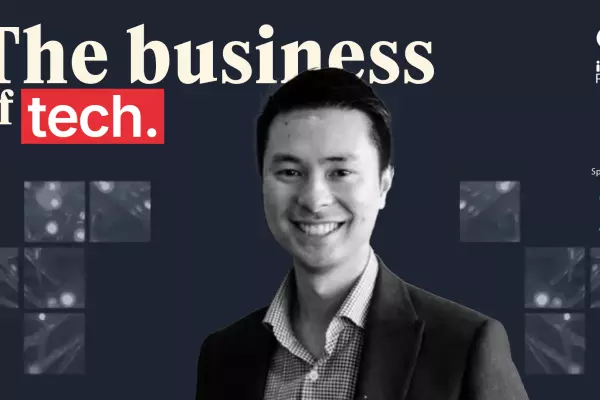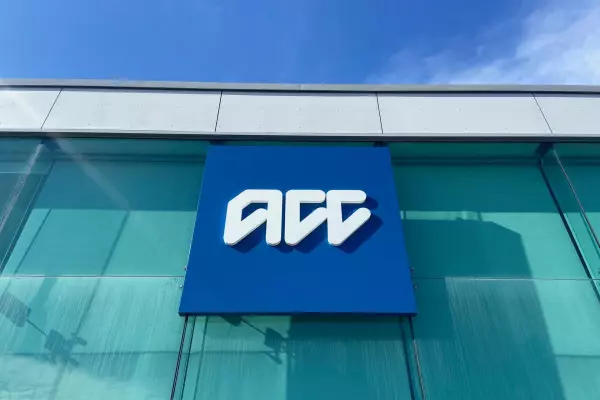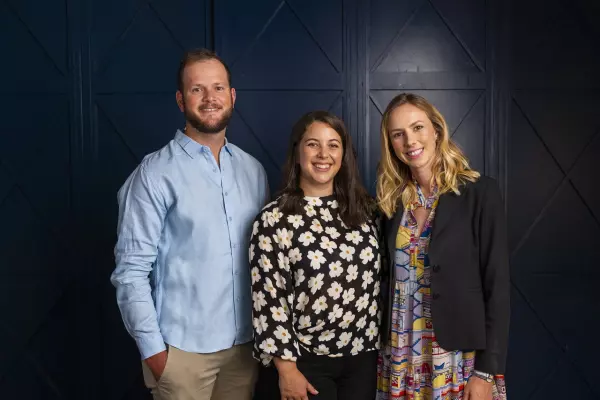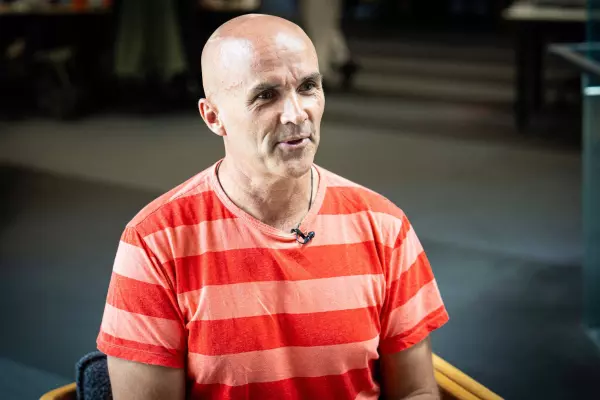Theresa Payton was chief information officer at the White House during the presidency of George W. Bush, a period of technological change that almost seems quaint now.
Back in 2007, Elon Musk was Inc. magazine’s entrepreneur of the year for being a guy worth “several hundred million dollars”. The iPhone had been invented, but it was only in the final year of Bush’s time in office that it sprouted apps and 3G.
As for social media, Facebook only passed the user traffic of MySpace in 2007, and Bebo was so popular that the New Zealand Herald was running stories with the headline “What exactly is Bebo?”.
Quaint time
Meanwhile, the best-known platform on the social media video streaming front was Justin.tv – based around a guy called Justin Kan who walked around streaming his life from a webcam on his baseball cap.
Yet Payton’s point is that, given all of that, it is surprising how many of the technology issues she was dealing with back then are still issues now.
“When you think about technology, what a quaint time it seems like, but we were looking at virtual reality, we were looking at artificial intelligence, behavioural-based analytics.”

Theresa Payton says some things haven't changed when it comes to technology issues.
They were even looking at changes to the White House building.
Not necessarily bowling down sections of the Washington DC landmark, like today, but how to integrate Internet-of-Things devices without destroying its character.
“You can’t destroy the historic building, so you have to preserve what’s great and amazing and historic about it, while keeping it up to date and modern.”
Payton was the first female White House CIO and served there from 2006 to 2008 during Bush’s second term.
She will visit NZ next week as part of the Spark Accelerate 2025 conference at Auckland’s Viaduct Events Centre.
The conference will bring together business and technology leaders to discuss ideas shaping the future.
'AI now in the hands of anybody'
Much of Payton’s talk to the conference is likely to revolve around one big difference between that time and now: the consumerisation of artificial intelligence.
“AI was in the hands of the academics and the labs and the engineers, and now it’s in the hands of anybody, from a three-year-old to a grandma.”
Yet, what more can be said about generative AI that hasn’t already been keynoted? Quite a lot actually, according to Payton.
“I call it ‘good enough’ technology, so it's only 80% of the way there.
“So, the question is, do you want to leave your customer, your customer service, your financial transactions, your big decisions – do you want to leave it to technology that's just good enough?”
The case for governance
To make the technology work well, Payton suggests organisations need good guardrails.
These guardrails could end up accelerating AI adoption rather than standing in the way of it.
“Governance can speed you up if you set it up the right way. And one of the things I'll be sharing with the attendees at Spark is my favourite go-to five-step model."
Payton said her governance model takes the “best-in-class” from more than 20 different AI governance models and boils it down to five steps.
Those steps include collecting human user stories and forming a team of people who will not be afraid to ask tough questions around an organisation’s AI adoption, including where company information was going and how humans can be kept in the loop to make sure the best decisions are being made.
Accelerating AI adoption
She is also a believer in using AI to complement the capabilities of existing employees.
“Your employees already know your business. You don't have to train them ... They already know your standard operating procedures."
For starters, leveraging the employees you already have is often a more effective way of accelerating AI adoption than trying to teach a machine from scratch.
“The technology right now is something that can enhance your existing employees.”
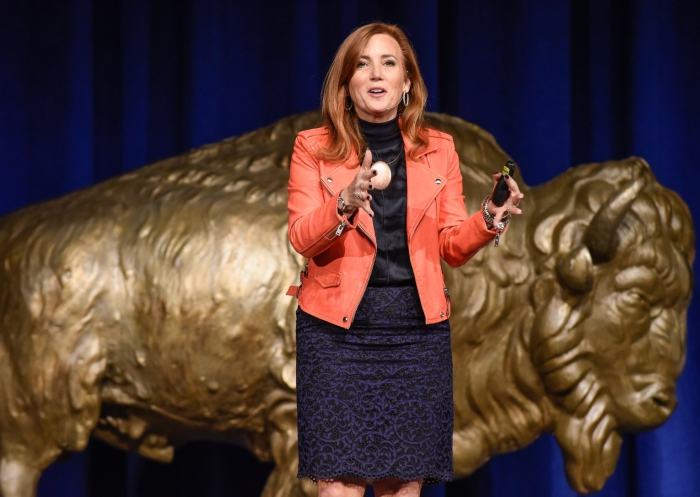
Payton is a big believer in keeping humans in the loop when it comes to AI.
Payton cited studies from Deloitte and Gartner showing organisations went much faster with AI adoption if they trained their own employees to use it.
Companies that “took a breath” and decided to invest in their own employees often outperformed and outpaced competitors who did not, she said.
“I would just tell employers, the best thing to do is to think about how do we leverage this technology to enhance the employees we have, to upskill and uplift our employees, to deliver better service, to have better margins.”
'Anticipate the ball'
She said paying attention to AI governance is about slowing down to speed up.
This might sound counterintuitive, but she compared it to a piece of advice she received while playing field hockey – or, as New Zealanders call it: hockey.
“I still remember one of my college coaches saying to me, Theresa …. instead of running flat out on the field all the time, sometimes you should take a step back, pivot, assess the field so you can anticipate what the other players are going to do next, and then be there when the ball arrives.
“So, I see governance and guardrails very much as taking a pivot, assessing everything, and then being able to … anticipate the puck, anticipate the ball.”
● Images supplied.
● BusinessDesk is the media partner for Spark Accelerate. BusinessDesk’s editorial staff have full control over the story selection, content and publishing.


